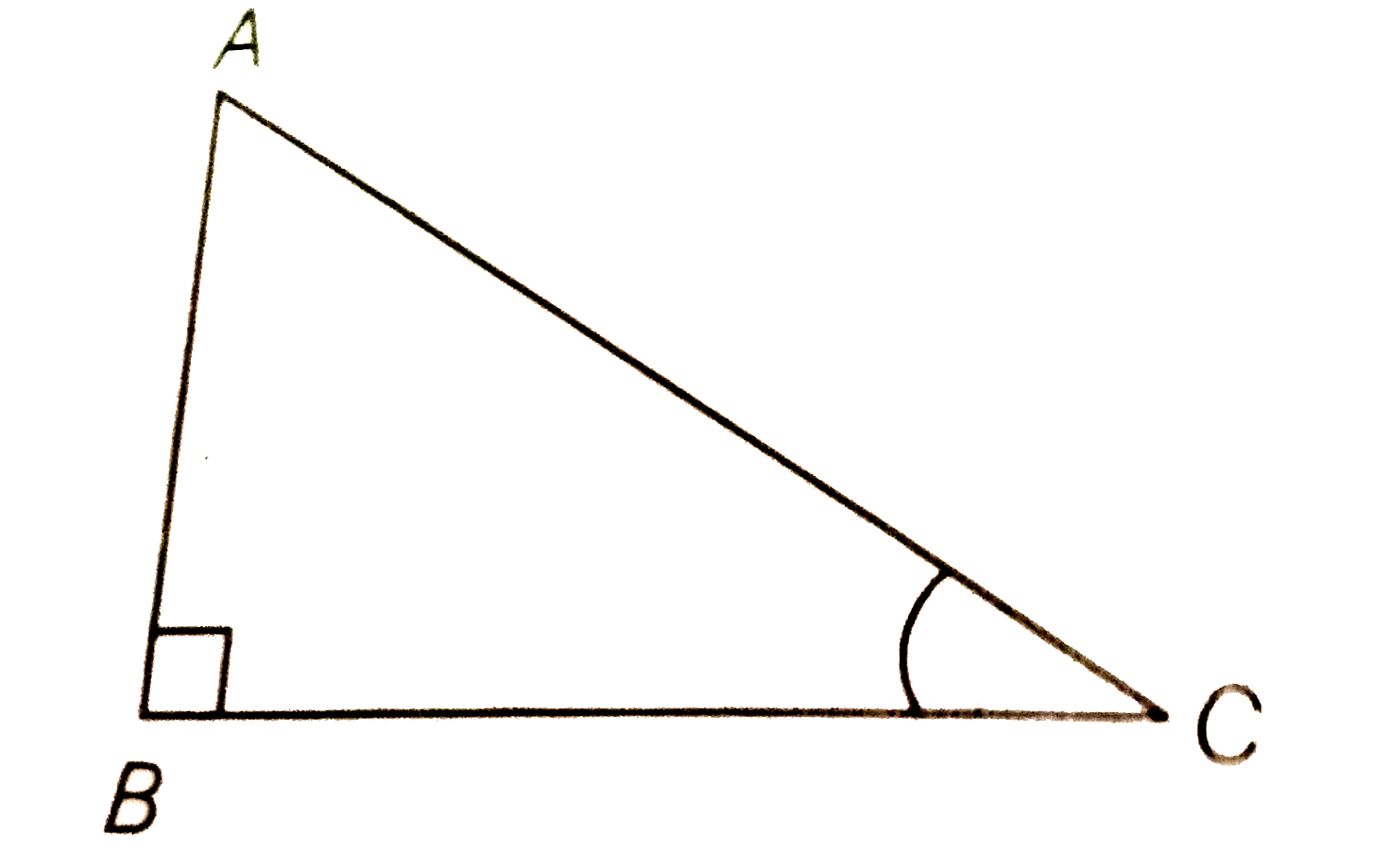Complete Solutions to Exercise (Passage Based Questions) of chapter TRIGONOMETRIC EQUATIONS AND INEQUATIONS of Class 12 book with complete answers and questions
| Class 12 | MATHS |
| Chapter | TRIGONOMETRIC EQUATIONS AND INEQUATIONS |
| ARIHANT MATHS | Exercise (Passage Based Questions) |
| Number Of Questions | 13 |
| Academic Year | 2023-24 |
If number of solution and sum of solution of the equation ` 3sin^(2)x-7sinx +2=0, x in [0,2pi]` are respectively N and S and ` f_(n)(theta)=sin^(n)theta +cos^(n) theta`. On the basis of above information , answer the following questions.
Value of N is
View SolutionIf number of solution and sum of solution of the equation ` 3sin^(2)x-7sinx +2=0, x in [0,2pi]` are respectively N and S and ` f_(n)(theta)=sin^(n)theta +cos^(n) theta`. On the basis of above information , answer the following questions.
Value of S is
View SolutionIf number of solution and sum of solution of the equation ` 3sin^(2)x-7sinx +2=0, x in [0,2pi]` are respectively N and S and ` f_(n)(theta)=sin^(n)theta +cos^(n) theta`. On the basis of above information , answer the following questions.
If ` alpha ` is solution of equation ` 3sin^(2)x-7sinx+2=0, x in [0,2pi]`, then the value of `f_(4)(alpha)` is
View SolutionLet `log_(a)N=alpha + beta` where ` alpha ` is integer and ` beta =[0,1)`. Then , On the basis of above information , answer the following questions.
The difference of largest and smallest integral value of N satisfying ` alpha =3 and a =5` , is
View SolutionFind the minimum or maximum value of the function if` f(x) = 9x^2+12x+2`
View SolutionIf an angle and a side of a right angle triangle is known , then rest of the sides and angles can be found as follows
In `DeltaABC `(figure ), if `angleB=90^(@),angleC=theta and BC=x`, then `AB=x tan theta and AC=x sec theta ` .

Now, consider in isosceles triangle PQR (Figure 2),

Where PQ=PR and `20N=sqrt(3)`
On the basis of the above information answer the question
The angle of triangle PQR are
View SolutionIf an angle and a side of a right angle triangle is known , then rest of the sides and angles can be found as follows
In `DeltaABC `(figure ), if `angleB=90^(@),angleC=theta and BC=x`, then `AB=x tan theta and AC=x sec theta ` .

Now, consider in isosceles triangle PQR (Figure 2),

Where PQ=PR and `20N=sqrt(3)`
On the basis of the above information answer the question
The angle of triangle PQR are
View Solution`alpha ` is a root of equation `( 2 sin x - cos x ) (1+ cos x)=sin^2 x , beta ` is a root of the equation ` 3 cos 2x - 10 cos x +3 =0 and gamma ` is a root of the equation `1-sin2 x = cos x- sin x : 0 le alpha , beta, gamma , le pi//2 `
` cos alpha + cos beta + cos gamma ` can be equal to
View Solution`alpha ` is a root of equation `( 2 sin x - cos x ) (1+ cos x)=sin^2 x , beta ` is a root of the equation ` 3 cos ^2x - 10 cos x +3 =0 and gamma ` is a root of the equation `1-sin2 x = cos x- sin x : 0 le alpha , beta, gamma , le pi//2 ` `sin alpha + sin beta + sin gamma ` can be equal to
View SolutionFind `dy/dx if y=2 sin x - cos x `
View SolutionConsider the equation `5 sin^2 x + 3 sin x cos x - 3 cos^2 x =2 `.......... (i)
`sin^2 x - cos 2 x =2-sin 2 x `........... (ii)
If ` alpha ` is a root (i) and ` beta` is a root of (ii), then ` tan alpha + tan beta ` can be equal to
View SolutionConsider the equation `5 sin^2 x + 3 sin x cos x - 3 cos^2 x =2 `.......... (i)
`sin^2 x - cos 2 x =2-sin 2 x `........... (ii)
If ` tan alpha , tan beta ` satisfy (i) and ` cos gamma , cos delta ` satisfy (ii) , then ` tan alpha * tan beta + cos gamma + cos delta ` can be equal to
View SolutionConsider the equation `5 sin^2 x + 3 sin x cos x - 3 cos^2 x =2 `.......... (i)
`sin^2 x - cos 2 x =2-sin 2 x `........... (ii)
The number of solutions common to (i) and (ii) is 0 1 finite infinite
View Solution
Exercise (Passage Based Questions) questions and complete solutions for chapter TRIGONOMETRIC EQUATIONS AND INEQUATIONS of ARIHANT MATHS (ENGLISH) of Class 12
All Exercises from ARIHANT MATHS Class 12 MATHS TRIGONOMETRIC EQUATIONS AND INEQUATIONS
- Examples
- EXAMPLES ( Matching Type Questions )
- EXAMPLES ( Subjective Type Examples )
- Exercise (Matching Type Questions)
- Exercise (More Than One Correct Option Type Questions)
- Exercise (Passage Based Questions)
- Exercise (Questions Asked In Previous 13 Years Exam)
- Exercise (Single Integer Answer Type Questions)
- Exercise (Single Option Correct Type Questions)
- Exercise (Statement I And Ii Type Questions)
- Exercise (Subjective Type Questions)
- Exercise For Session 1
- Exercise For Session 2
- Exercise For Session 3
- Exercise For Session 4